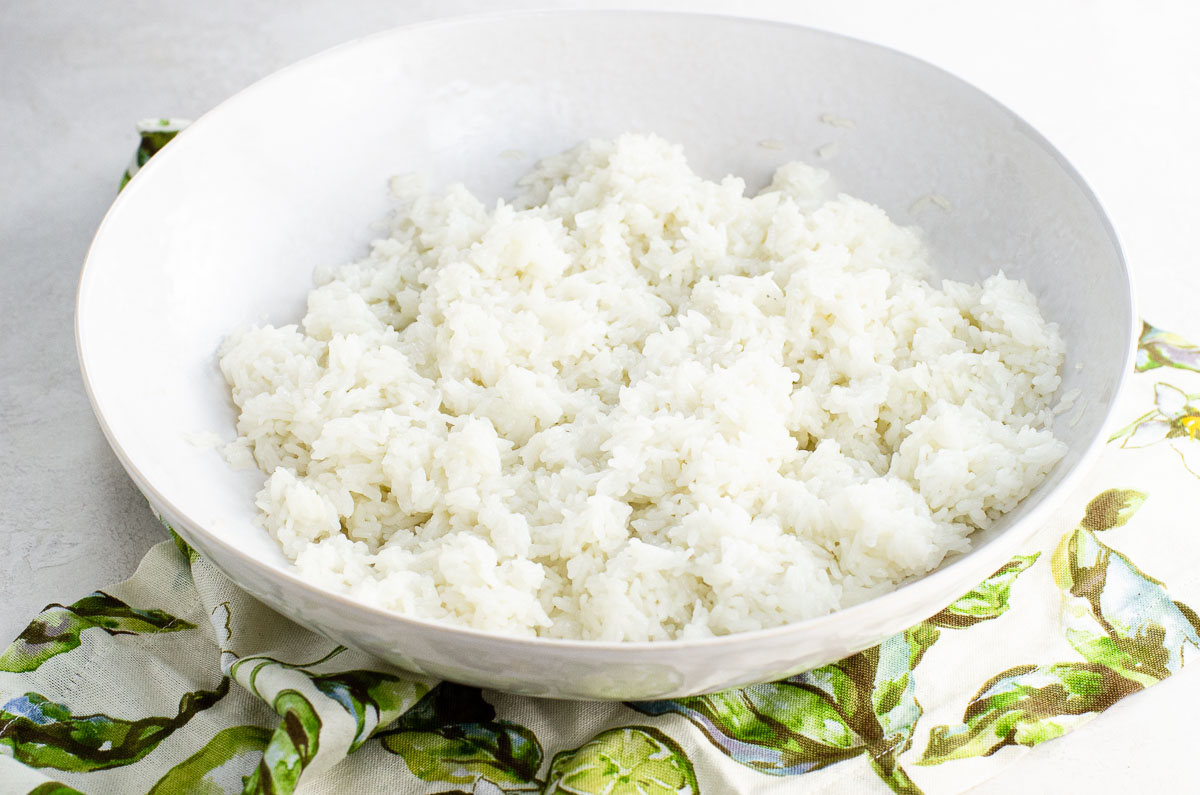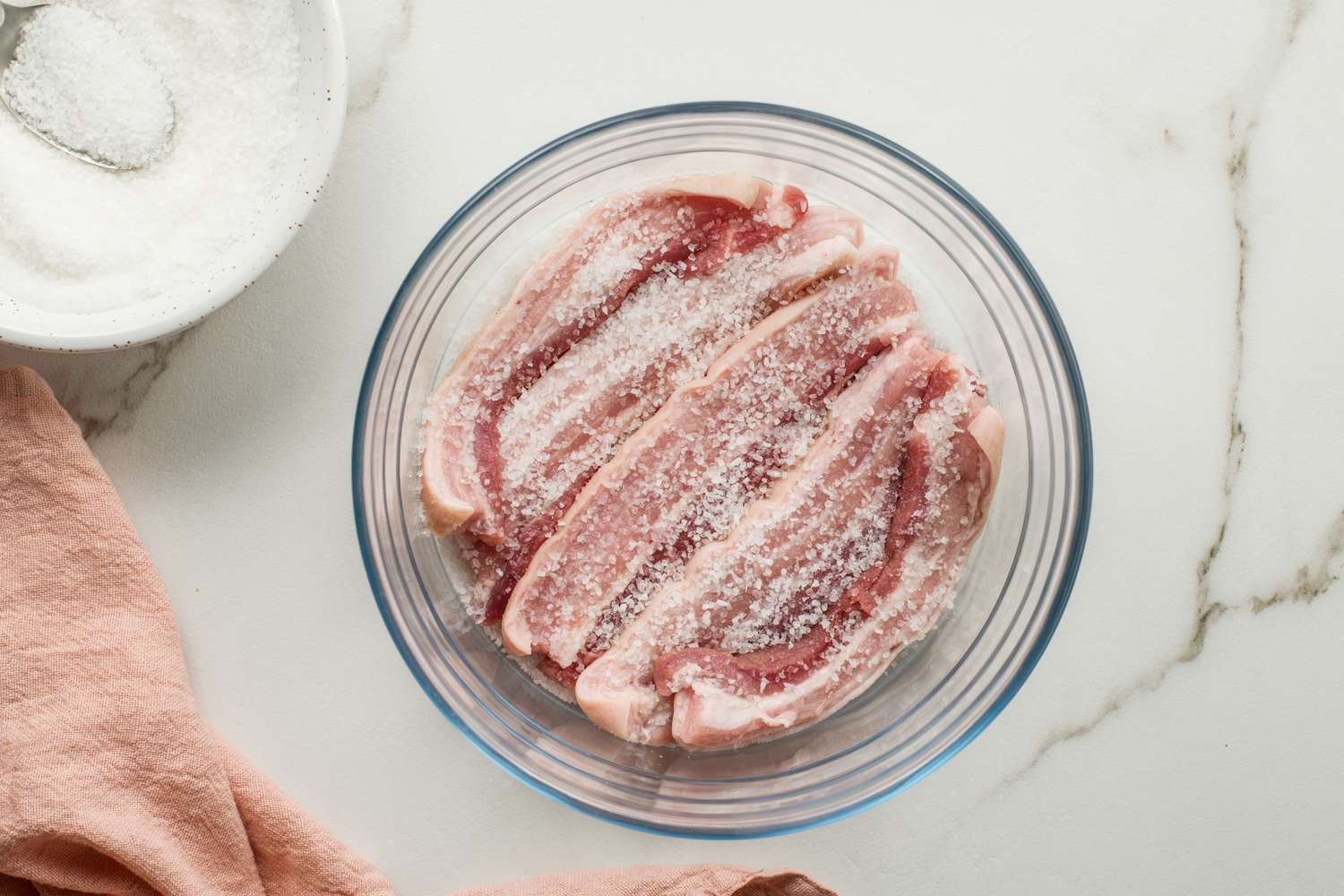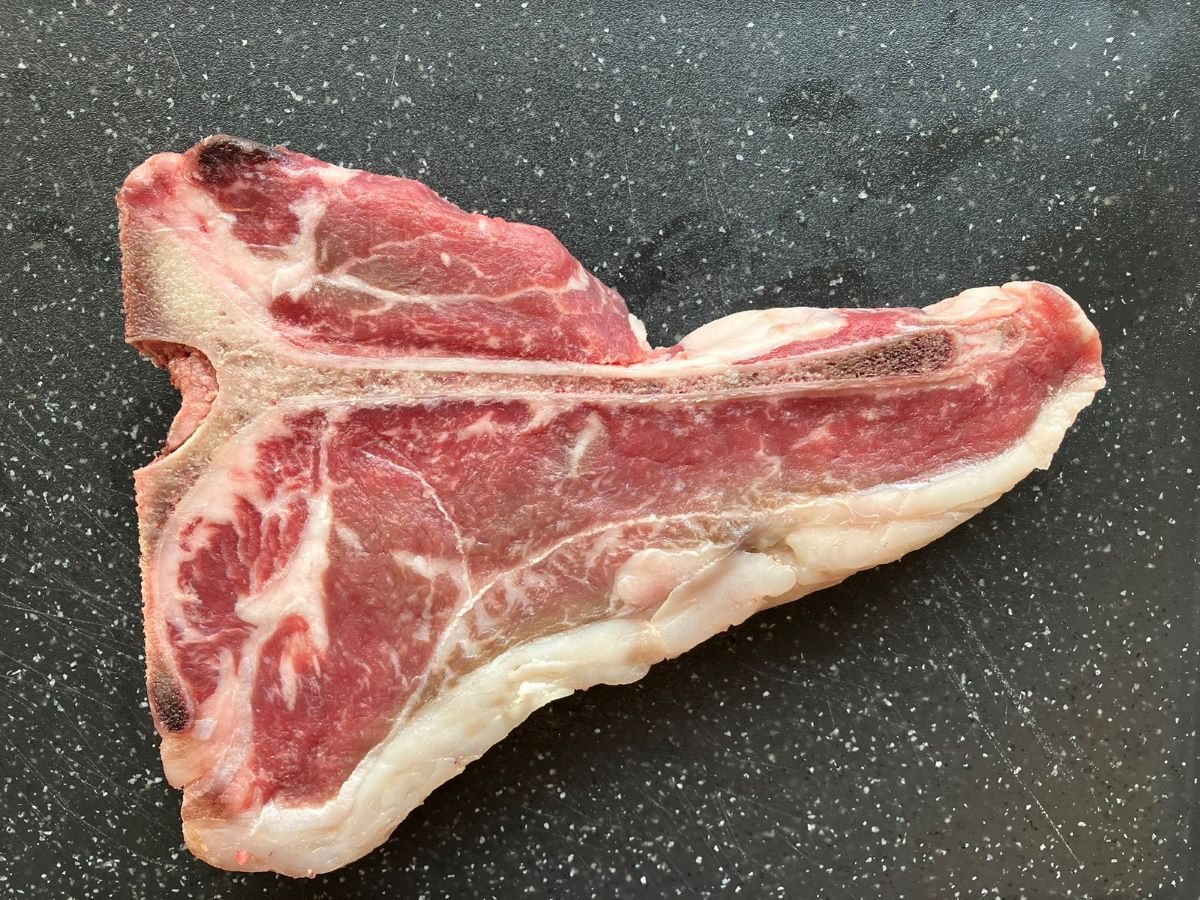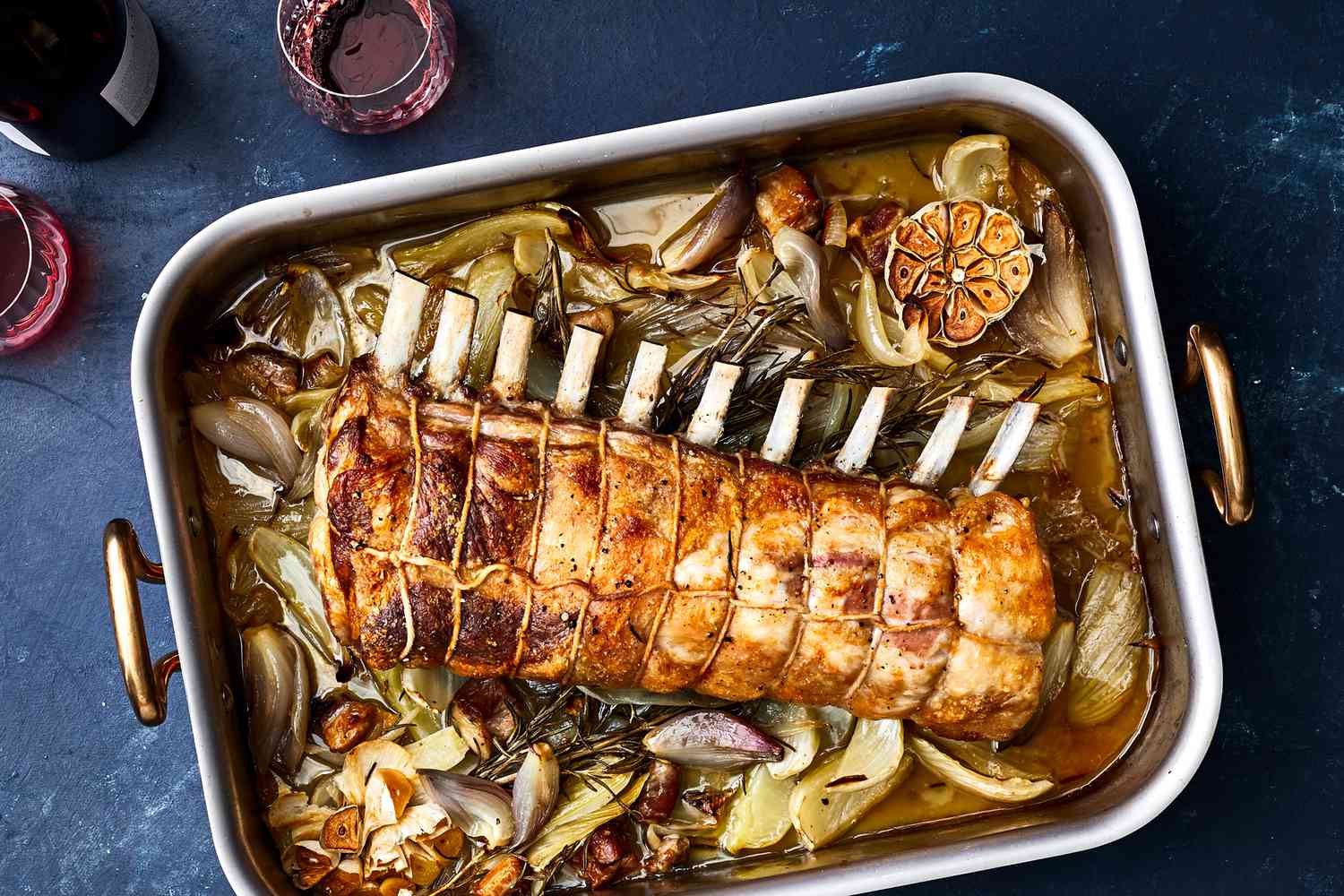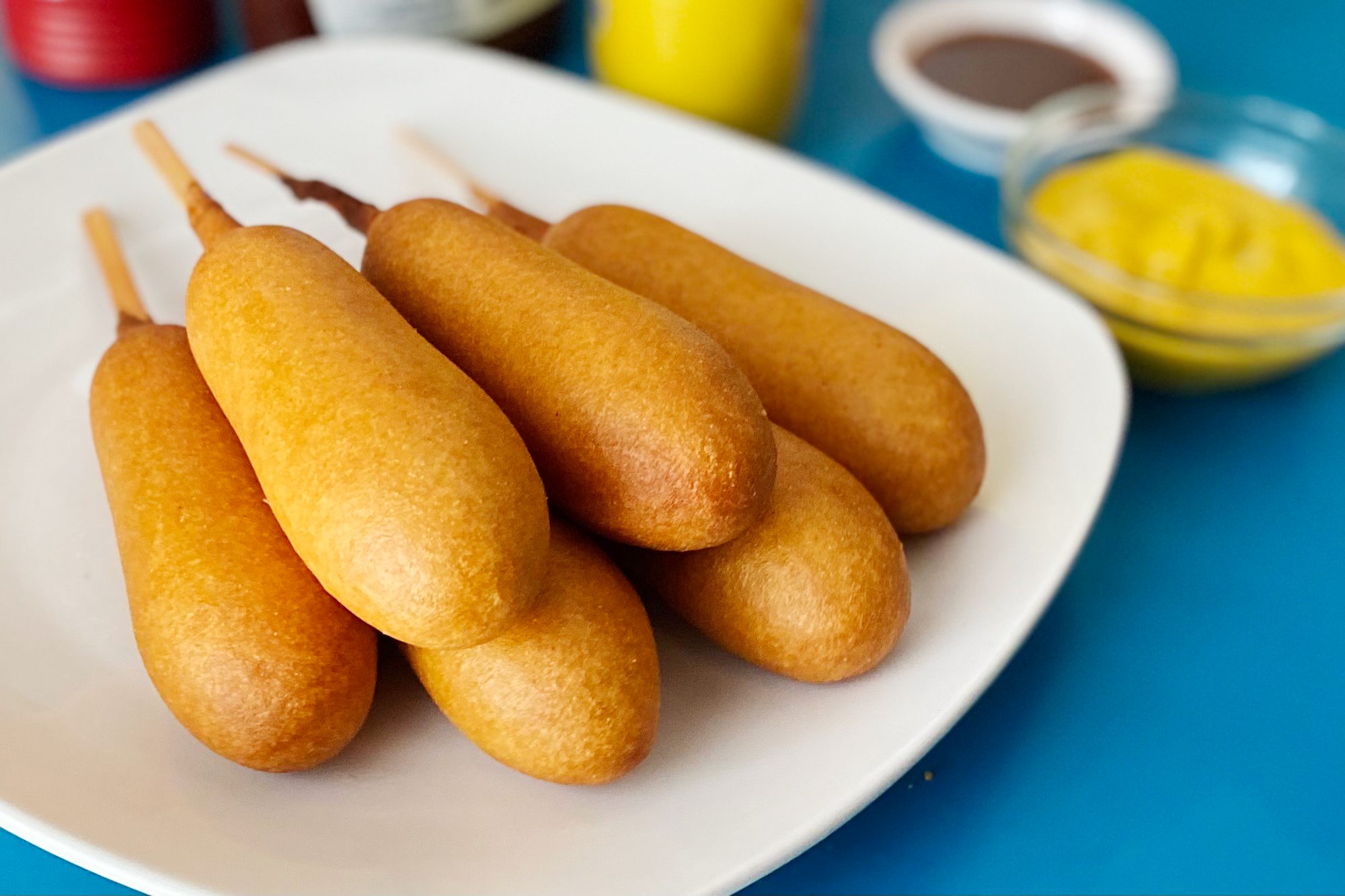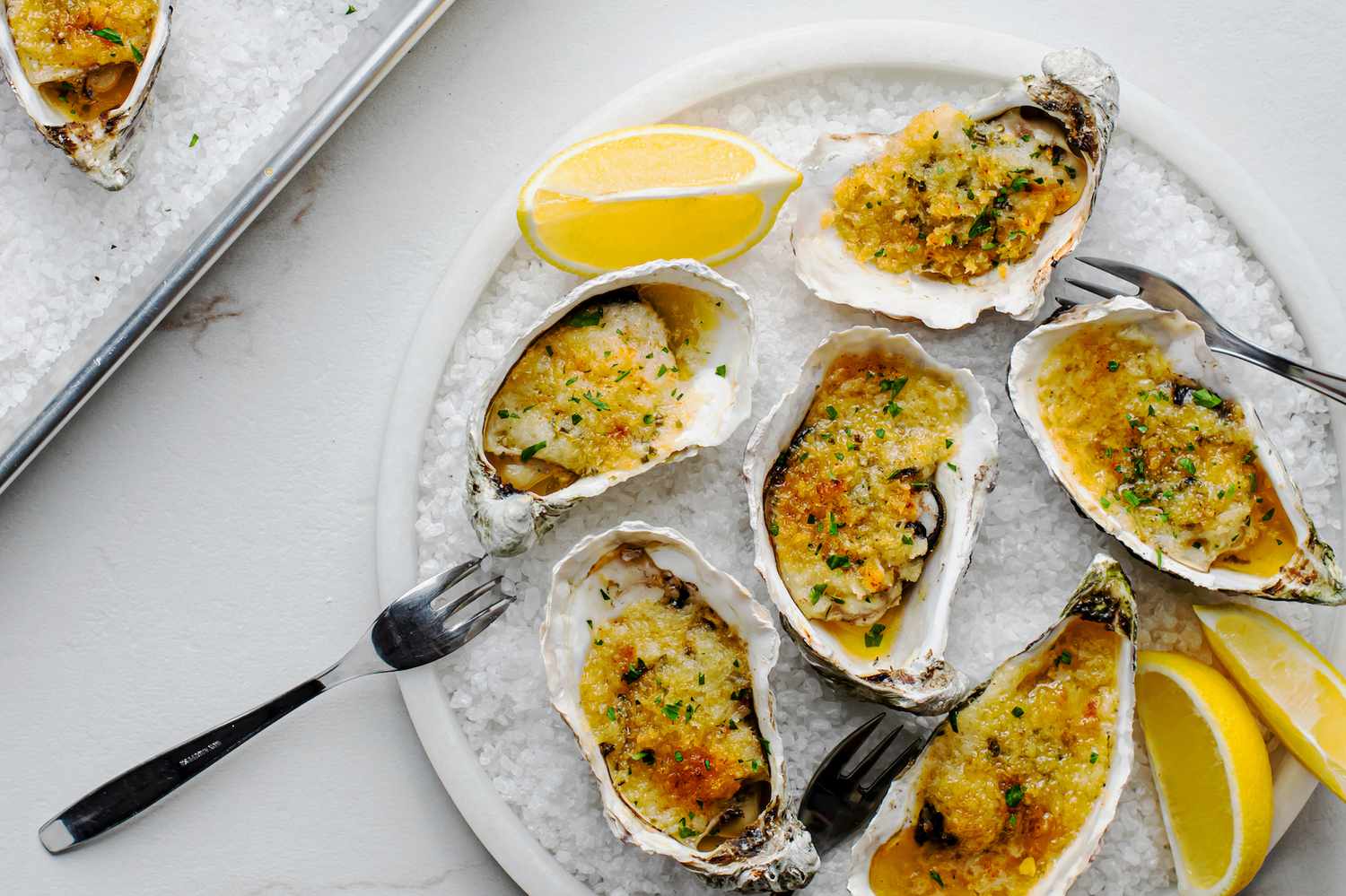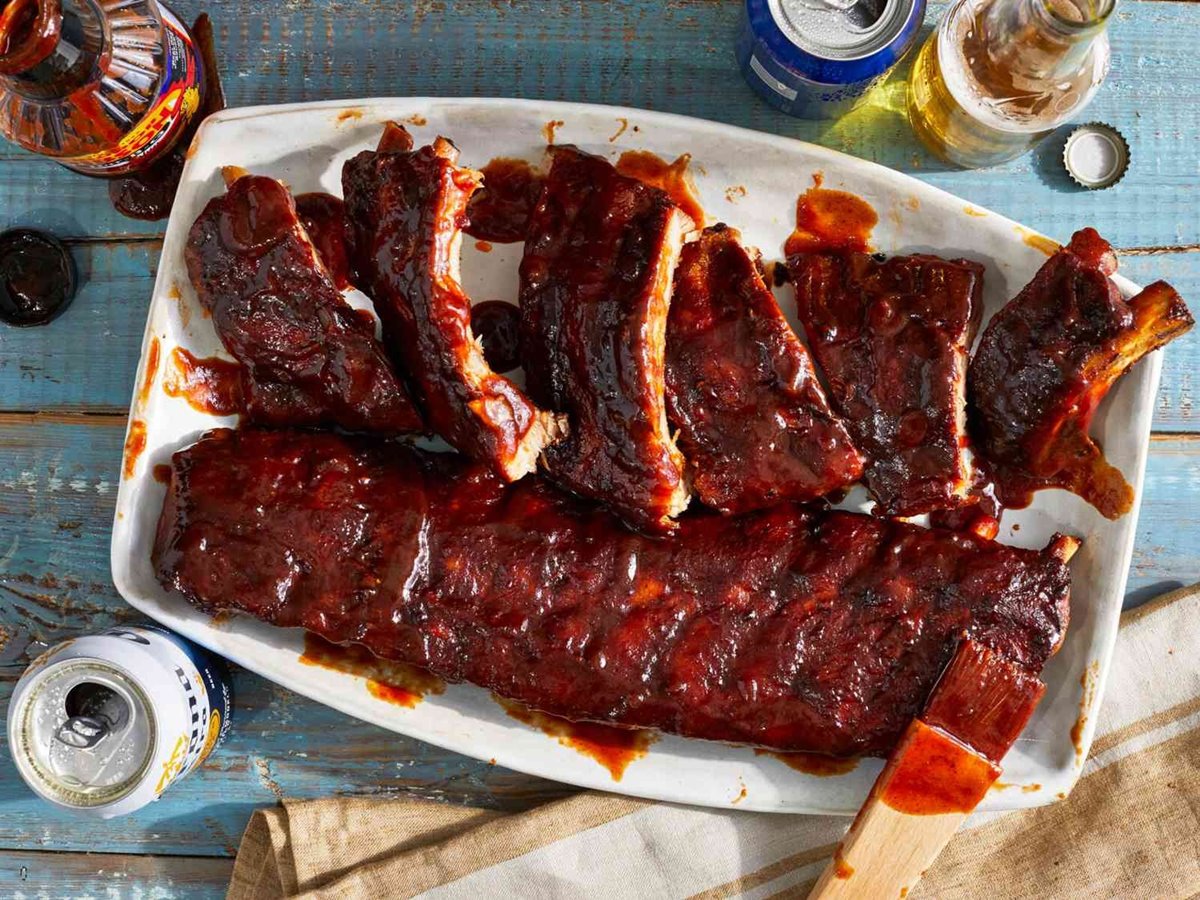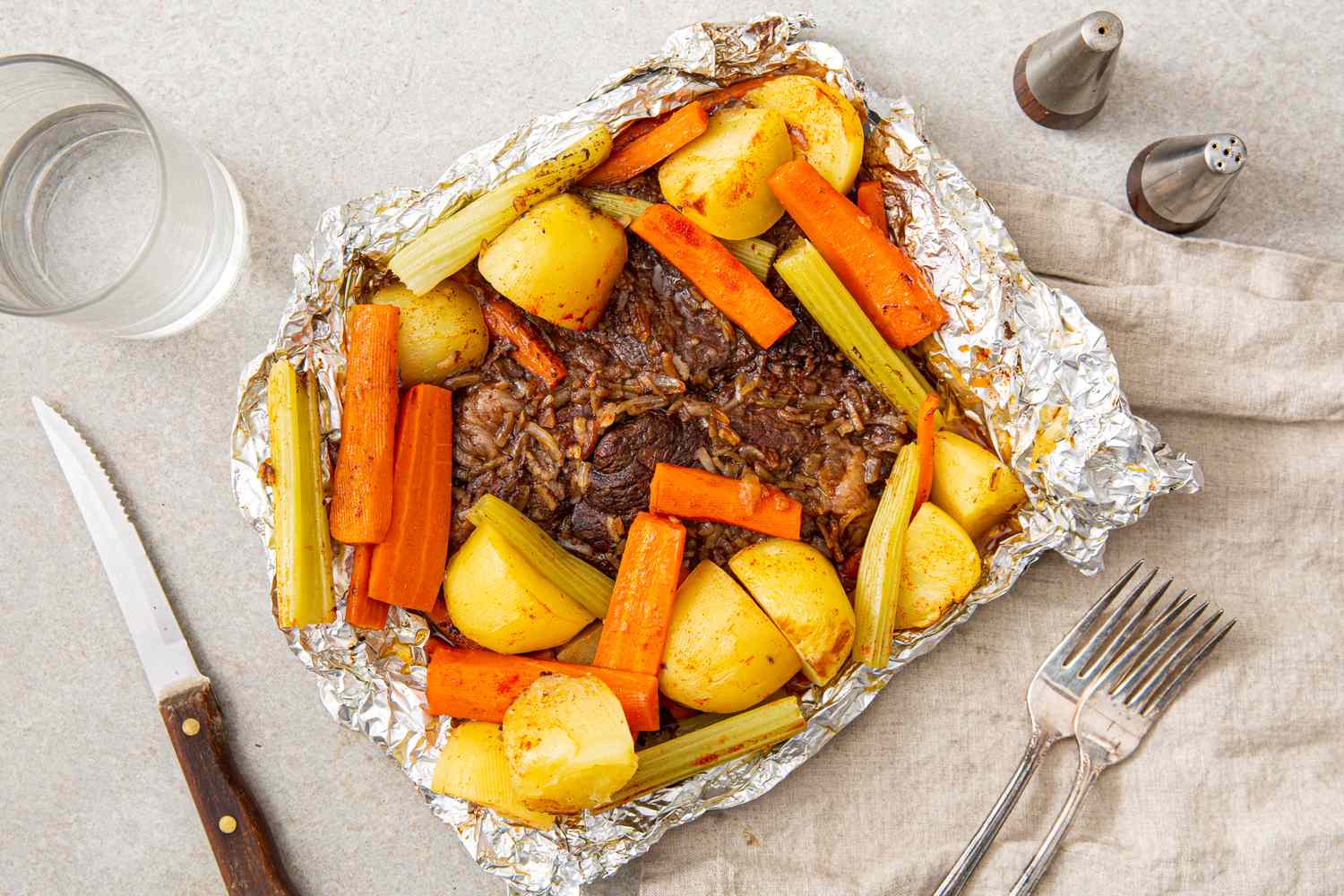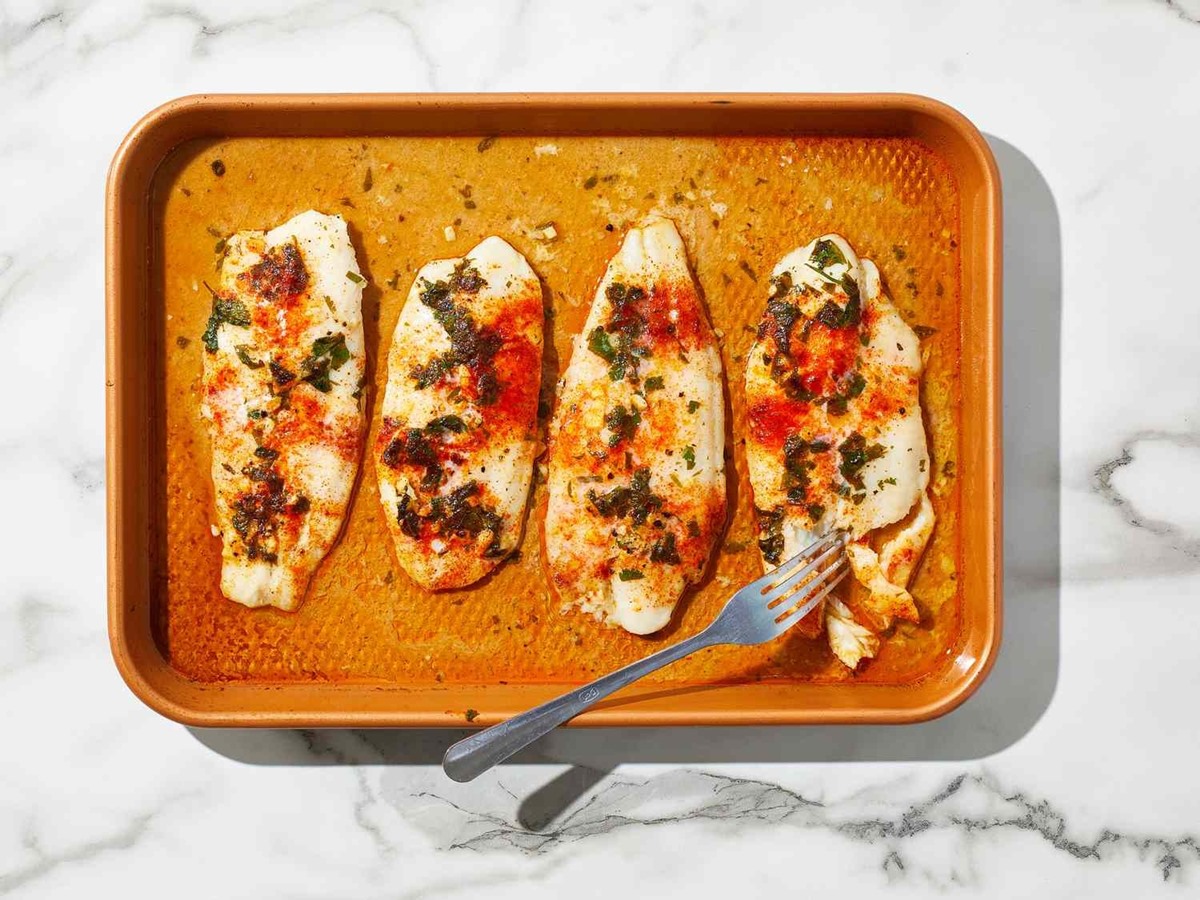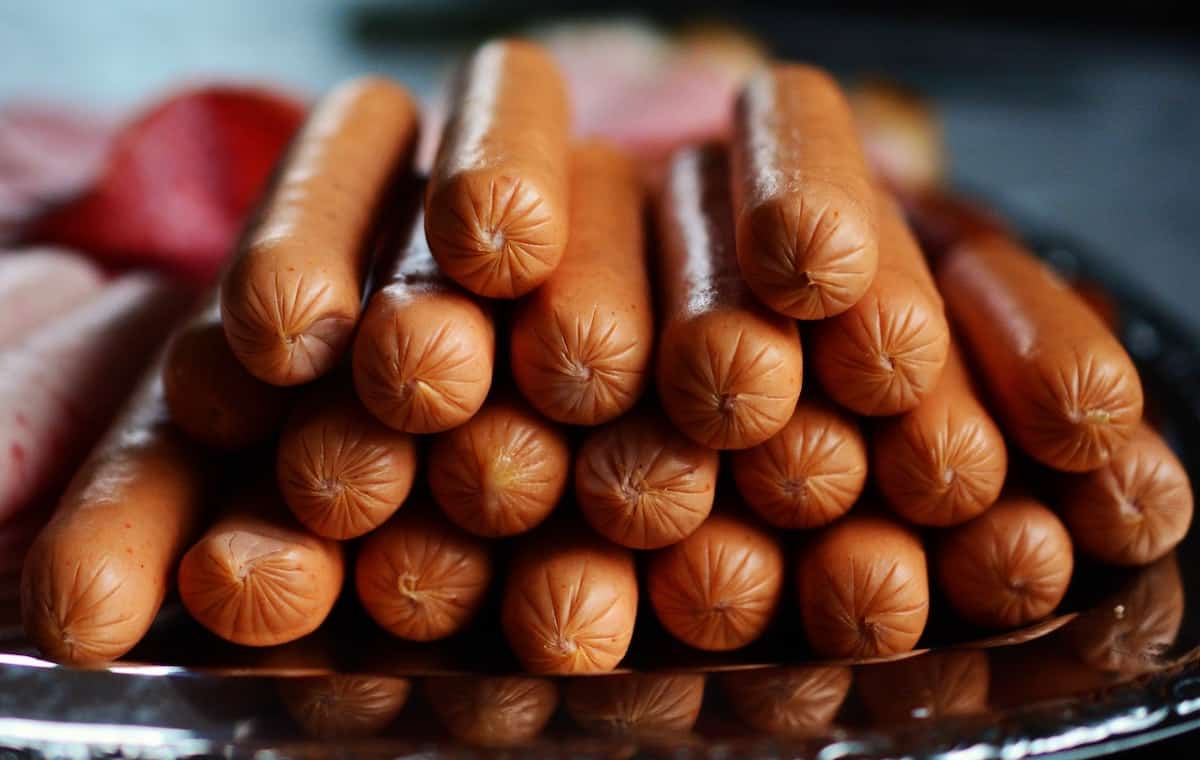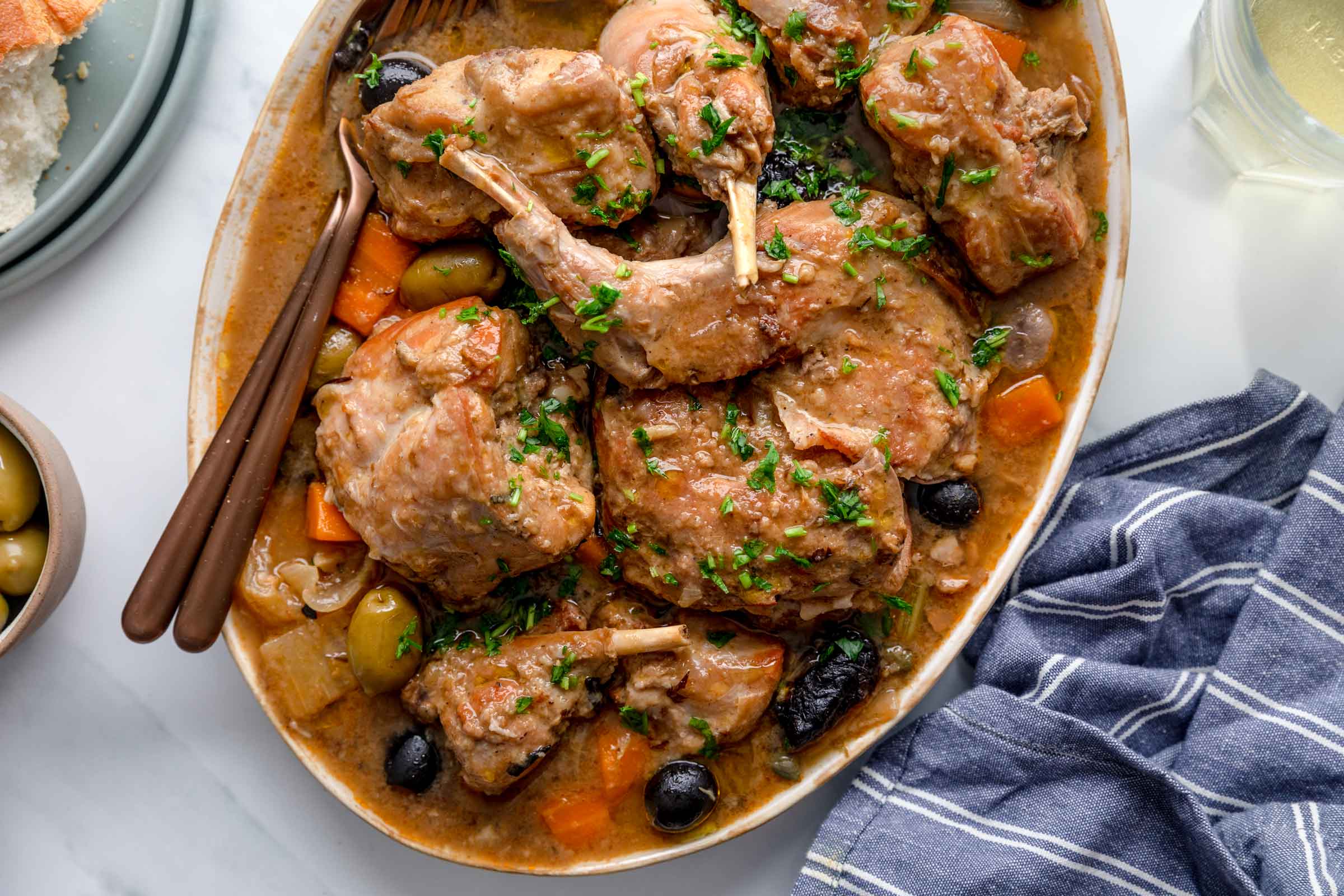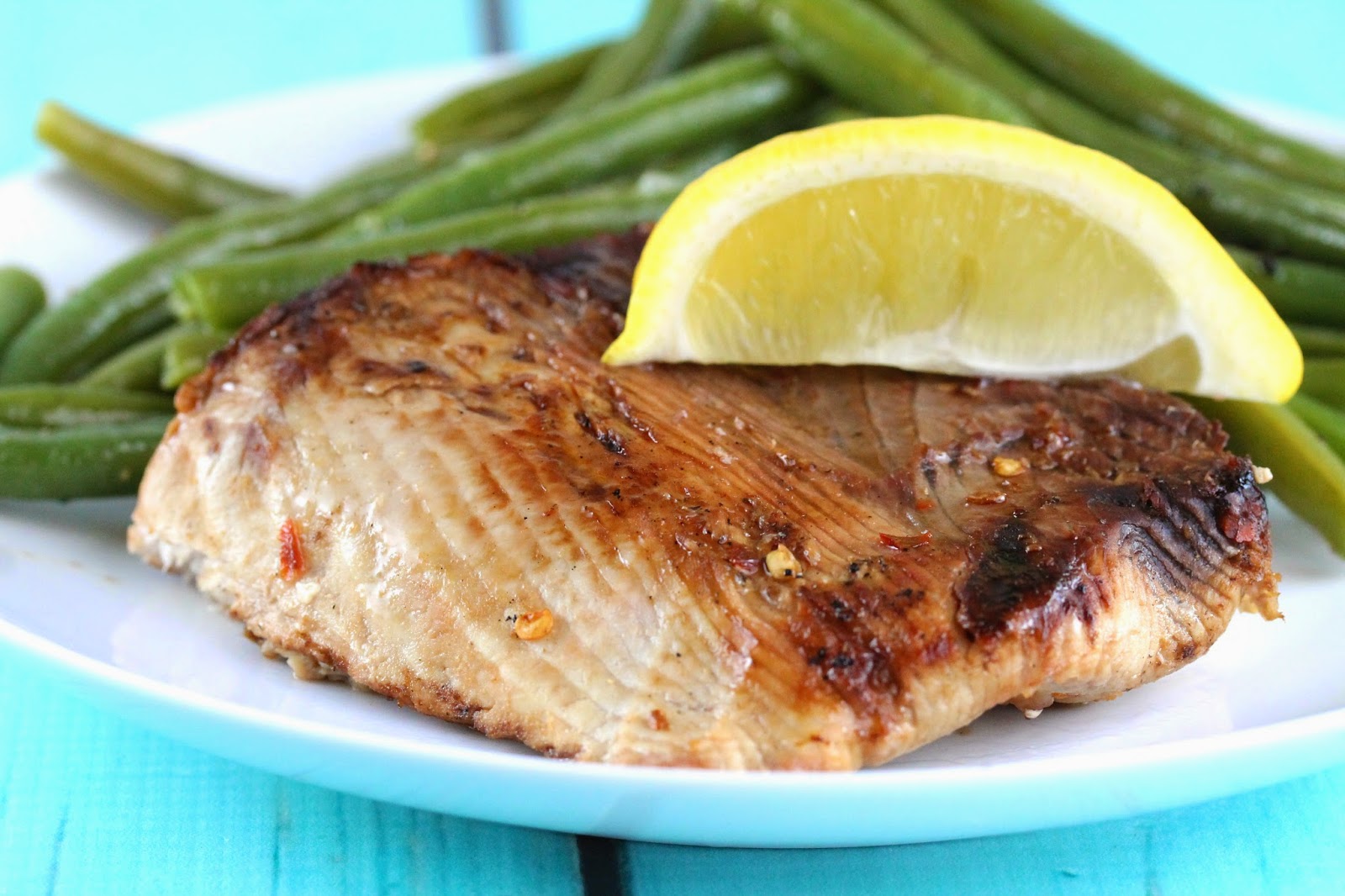Cooking a pork roast in a pressure cooker transforms what's often a day-long endeavor into a meal that's ready in under an hour. This method not only saves time but also ensures your roast comes out juicy, tender, and infused with flavor. Whether you're a seasoned chef or stepping into the kitchen for the first time, mastering this technique can add a deliciously hearty dish to your culinary repertoire. Let's dive into the steps and tips for creating a mouthwatering pork roast using one of the most convenient tools in modern cooking: the pressure cooker.
Essential Ingredients for Your Pork Roast
- 3 lb pork roast
- Salt and pepper to taste
- 2 tablespoons olive oil
- 1 cup chicken broth
- 1 onion, chopped
- 4 cloves garlic, minced
- 1 teaspoon dried thyme
- 1 teaspoon dried rosemary
- 2 bay leaves
- 1/2 cup apple cider vinegar
Necessary Tools for Pressure Cooking a Pork Roast
- Pressure cooker
- Meat thermometer
- Cutting board
- Sharp knife
- Tongs
- Aluminum foil
- Mixing bowl
- Measuring cups and spoons
Cooking pork roast in a pressure cooker reduces cooking time significantly. Season generously, sear for flavor, then cook under high pressure for tender, juicy meat in a fraction of usual time.
The Benefits of Pressure Cooking Your Pork Roast
Cooking a pork roast in a pressure cooker significantly reduces cooking time, making it a convenient option for busy schedules. This method also ensures that the meat remains juicy and tender, locking in flavors and moisture that might otherwise be lost in longer cooking processes.
Using a pressure cooker for pork roast not only saves time but also enhances the overall taste and texture of the meat. It's an efficient way to achieve a delicious meal without the need for constant monitoring, making it ideal for those seeking both quality and convenience in their cooking endeavors.
Your Step-by-Step Guide to the Perfect Pork Roast
How To Cook A Pork Roast In A Pressure Cooker
-
Select Your Pork Roast: Opt for a shoulder or butt cut. These parts become exceptionally tender under high pressure.
-
Prepare the Pork: Pat the meat dry with paper towels. Season generously with salt, pepper, and any other desired seasonings.
-
Sear the Pork: Set your pressure cooker to the sauté function. Add a couple of tablespoons of oil. Once hot, sear the pork on all sides until golden brown. This step adds depth to the flavor.
-
Remove and Set Aside: Once seared, take the pork out and place it on a plate. This makes room to build the flavor base.
-
Sauté Aromatics: In the same pot, add chopped onions, garlic, and any other aromatics you like. Cook until they start to soften and become fragrant.
-
Deglaze the Pot: Pour in a cup of broth or water, scraping up any browned bits from the bottom of the pot. These bits are packed with flavor.
-
Return the Pork to the Pot: Place the pork back into the pressure cooker. Add more liquid if needed, ensuring it doesn't exceed the max fill line.
-
Add Herbs: Throw in a few sprigs of thyme or rosemary for an aromatic touch.
-
Seal and Cook: Close the lid securely. Set the pressure cooker to high and adjust the cooking time. For a 3-pound roast, aim for about 90 minutes of cook time.
-
Natural Release: Once the cook time ends, let the pressure release naturally. This could take about 20 minutes. Quick release can make the meat tough.
-
Check for Doneness: Ensure the pork reaches an internal temperature of 145°F. If not, seal and cook for an additional 10 minutes.
-
Rest the Pork: Remove the pork from the cooker and let it rest for 10 minutes. This allows juices to redistribute, making the meat moist and tender.
-
Serve: Slice or shred the pork. Serve with your favorite sides or use it in sandwiches, tacos, or salads.
Mastering the Art of Pressure Cooked Pork Roast
Cooking a pork roast in a pressure cooker isn't just about saving time; it's about infusing every bite with flavor and tenderness that traditional methods might not achieve. By following the steps outlined, from seasoning your roast to letting it rest after cooking, you're set to impress at the dinner table. Remember, the key is in the details: selecting the right cut, balancing flavors with your favorite herbs and spices, and allowing the natural pressure release to work its magic. This method transforms a simple piece of pork into a succulent, mouth-watering dish that's sure to become a go-to in your culinary repertoire. So, next time you're pondering dinner plans, consider the pressure cooker for a pork roast that promises to delight.
For anyone looking to master the art of pressure cooking pork roast, there's a variety of recipes to try out. They could start with BBQ Pulled Pork Sandwiches, which offers a smoky and tangy experience perfect for any backyard gathering. For a more exotic flavor, Pork Carnitas Tacos bring a taste of Mexico to the table with their crispy edges and tender interior. Those with a sweet tooth might enjoy Honey Garlic Pork Roast, a blend of savory and sweet. For a comforting and homely meal, Pork Roast with Apples and Onions provides a balance of tart and savory flavors. Finally, Maple Dijon Pork Roast combines the sweetness of maple syrup with the tang of Dijon mustard, making it a crowd-pleaser. Each of these recipes showcases how versatile and delicious a pork roast can be when cooked in a pressure cooker.
Common Questions Answered About Cooking Pork Roast in a Pressure Cooker
How long does it take to cook a pork roast in a pressure cooker?
Cooking times can vary based on the size of your pork roast, but generally, you're looking at about 90 minutes for a 3-pound roast. Keep in mind, though, that you'll need to allow time for the pressure cooker to reach pressure before the cooking time actually starts, and time for the pressure to release after cooking.
What's the best way to season a pork roast for the pressure cooker?
Seasoning is key for a flavorful pork roast. A simple rub made from salt, pepper, garlic powder, and thyme can do wonders. Rub this mix generously over your pork roast before searing it in the pressure cooker with a bit of oil. This step not only locks in flavors but also adds a nice crust to the finished dish.
Should I sear my pork roast before cooking it in the pressure cooker?
Absolutely! Searing the pork roast on all sides before pressure cooking helps to lock in flavors and gives the meat a beautiful, appetizing color. Just heat some oil on the sauté setting of your pressure cooker and brown the pork roast evenly before proceeding with the cooking process.
Can I add vegetables to the pressure cooker with my pork roast?
Yes, adding vegetables can turn your pork roast into a complete meal. Root vegetables like carrots, potatoes, and onions work best as they can withstand the cooking time. Just chop them into large pieces and add them around the pork roast in the pressure cooker. They'll soak up all those delicious juices and flavors.
How much liquid should I use in the pressure cooker for a pork roast?
You'll need at least 1 cup of liquid to ensure proper pressure cooking. Broth, wine, or even water with a bit of soy sauce or Worcestershire sauce for added flavor are great options. This liquid will also create a delicious base for gravy or sauce to accompany your pork roast.
What's the best way to release pressure after cooking a pork roast in the pressure cooker?
For a pork roast, the natural release method is recommended. This means simply turning off the pressure cooker and letting the pressure drop on its own. This method helps keep the meat tender and juicy. It usually takes about 15-20 minutes, but give it time; patience is key for the perfect pork roast.
Can I make gravy with the leftover liquid in the pressure cooker?
Definitely! After removing your pork roast and any vegetables, switch your pressure cooker to the sauté setting. Mix a slurry of cornstarch and water, then stir it into the boiling liquid. Keep stirring until the gravy thickens to your liking. This step not only reduces waste but elevates your dish to a whole new level of deliciousness.
Was this page helpful?
Read Next: How To Cook Egg Noodles In Crock Pot
